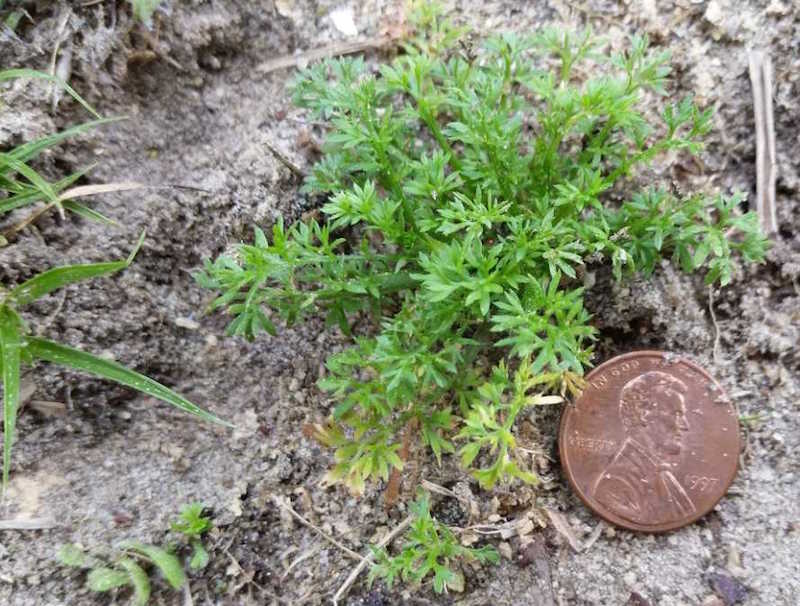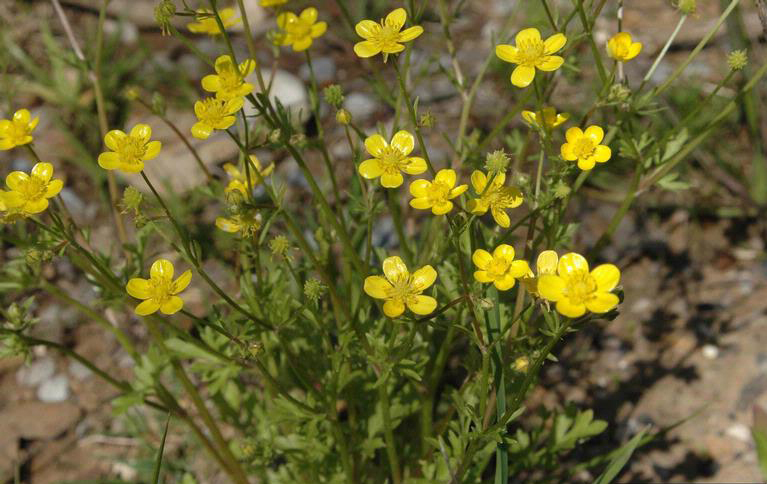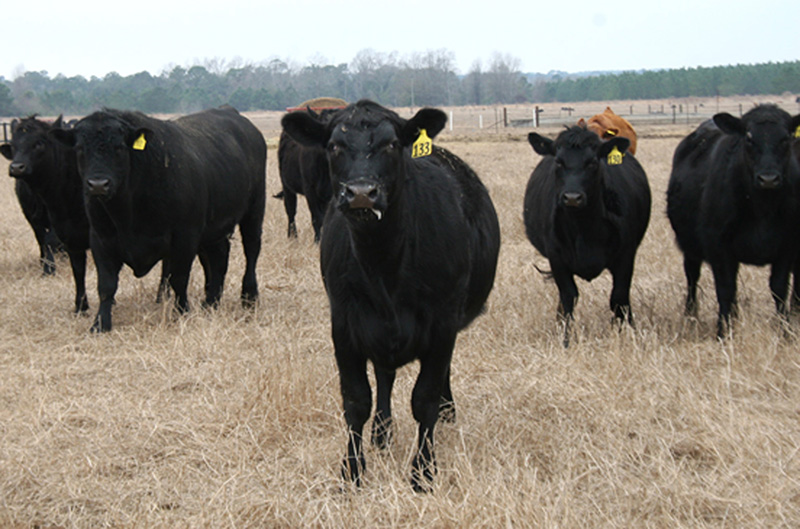From observations out in the field this summer, I would say the most persistent weeds farmers face in pastures and hayfields are horsenettle, crabgrass and Johnsongrass. These three plants are persistent by nature and may prove difficult to control.
Horsenettle control
Horsenettle is a perennial broadleaf weed in the nightshade family (related to tomato and potato). It reproduces by seed and has an extensive root system. The thorns on this plant make it a problem in pastures and hayfield.
The most complete control of horsenettle is to mow at 30-day intervals and treat the final re-growth in fall with a systemic herbicide. The best time for the first mowing is right after horsenettle has come into full bloom, about 30 days after shoot emergence. Root reserves are at their lowest right after flowering, and forcing the plant to produce new top growth will further deplete its energy reserves. Continually cutting off the top growth during regular hay harvest will weaken the root system, making it more vulnerable to herbicides.
Systemic herbicides are effective against horsenettle and should be applied to mature plants in late summer or fall. After herbicide treatment, horsenettle should not be mowed for at least two weeks —the time required to translocate the chemicals into the roots. Similarly, fall herbicides should be applied at least two weeks before expected frost. Several herbicides that have been tested as providing excellent control of horsenettle include Surmount, Chaparral, GrazonNext, Grazon P+D and Milestone.
Crabgrass reproduces from seed
Crabgrass is a summer annual grass that reproduces by seed and quickly forms large mats of grass in fields. Although crabgrass has palatability and production that make it a suitable summer grazing forage, it could shade out preferred forages and prove more difficult to produce bermudagrass hay.
The best options for crabgrass control are labeled for permanent bermudagrass fields. Prowl H20, a pre-emergent herbicide, should be applied in the late winter/early spring prior to bermudagrass greenup to control crabgrass and other annual grasses like Johnsongrass (only controls seed that have not germinated, not established plants).
For post-emergent control of crabgrass, forage producers should use products such as Impose, Pastora and Poast to provide fair to excellent control of crabgrass. In pasture situations, livestock will often graze crabgrass because of its palatability. The best way to control crabgrass in hayfields is to spray while plants are young or within seven days following a hay cutting.
Using any of these post-emergent chemicals can result in yellowing of bermudagrass for a period of time and may reduce yields from the following hay harvest. These products are not labeled for use in fescue fields.
Johnsongrass is particularly persistent
Johnsongrass is perennial grass that reproduces by seed and also has a vigorous rhizome root system. These plants can be persistent in the field and require attention before they quickly become the predominant plant. Chemical control is similar to that of crabgrass. Using glyphosate (Roundup and other generic brands) as a spot spray or wick application can also be effective, although it may take multiple applications.
Apply when plants are actively growing up until seed head appearance. When spot spraying, use at least a 2 percent solution (2.6 ounces per gallon). When using a wick application method, a 2:1 ratio (1 part chemical to 2 parts water) is recommended.
In pasture situations, cattle will graze immature Johnsongrass, and continuous grazing will control the plant and ultimately kill it. In hayfields, mowing and follow-up spraying adequately control existing plants, but multiple treatments may be required.
The ultimate weed control program is a healthy forage grass. Sufficient soil fertility and proper grazing management help prevent weeds from becoming weed problems. For more information, contact your local University of Georgia Cooperative Extension office at 1-800-ASK-UGA1.

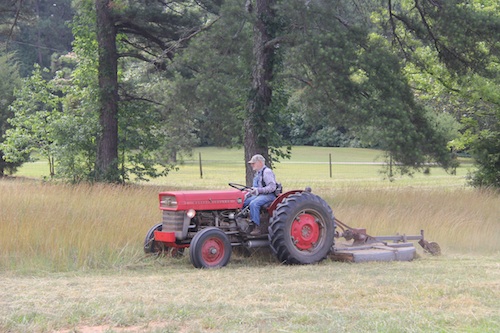

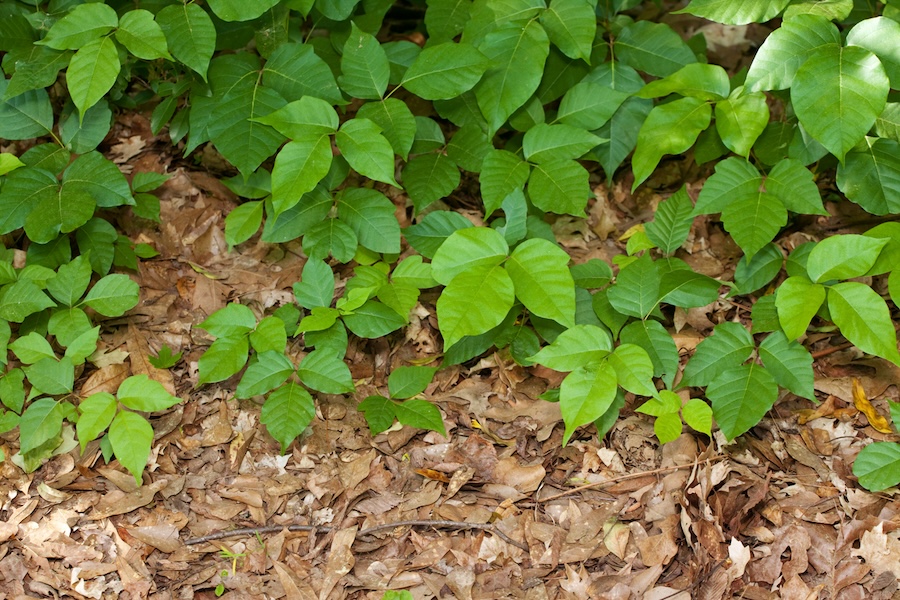

.png)
